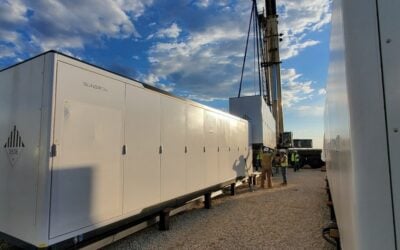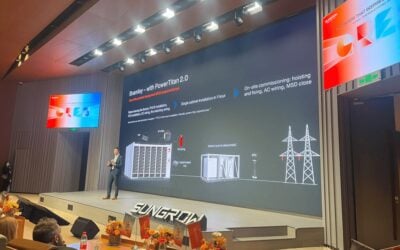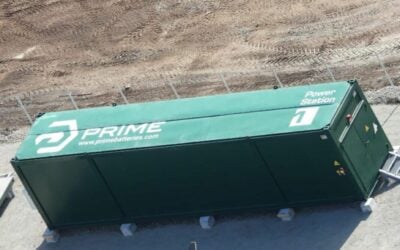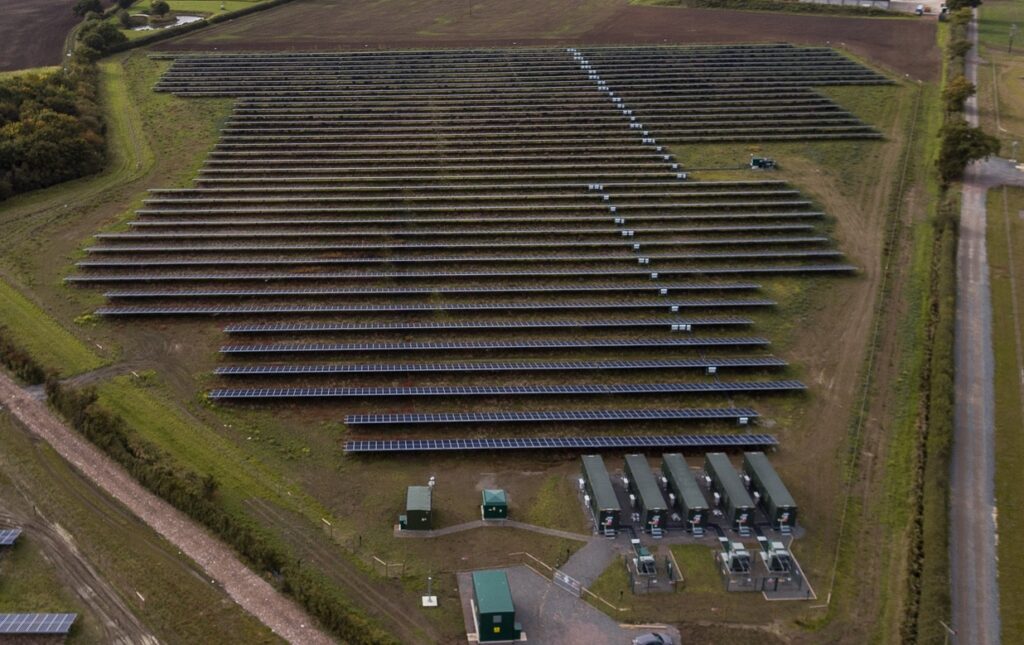
Co-located storage is likely to grow as a proportion of the UK market with 7.2GW of projects in the pipeline, but structuring deals and offtake agreements presents a complex challenge according to a project developer.
The pairing of solar or wind with storage is at a fairly early stage in the UK. Less than 10% of its 1.7GW of operational battery energy storage systems (BESS) is co-located with wind or solar, totalling 158MW. And most existing co-located storage projects have two separate grid connections with a limited amount of shared infrastructure.
Enjoy 12 months of exclusive analysis
- Regular insight and analysis of the industry’s biggest developments
- In-depth interviews with the industry’s leading figures
- Annual digital subscription to the PV Tech Power journal
- Discounts on Solar Media’s portfolio of events, in-person and virtual
Or continue reading this article for free
But there are 317 projects totalling 7.2GW co-located with solar or wind in the development pipeline, around one fifth of the total (figures from Solar Media’s UK Battery Storage Projects Database).
Project developers are increasingly looking at developing sites which share grid capacity but this presents a myriad of complex challenges including structuring offtake agreements, as our source – an employee with a senior management responsibility for energy storage at a major international renewables and storage developer – explained, speaking anonymously.
Grid connection queue
“Obviously, you need the import capacity for battery storage. That’s a bit of a challenge, because retrospectively adding import capacity to your existing grid application might put you further back in the queue, which is not a good position to be in,” they said.
“In order to maximise the return on investment of a co-located project the battery needs to pursue various revenue streams which depend on grid import capacity. Let’s say you have already a PV project in development and have a grid connection offer. Then you want to add storage and request additional import capacity. Depending on the DNO and specific connection this could significantly delay the connection date and increase the amount of forecasted curtailment. So you need to be well aware about how to approach this topic”.
SPV structure
The second question when developing a co-located project is deciding how to structure the deal into special purpose vehicles (SPVs), complicated by the fact you have two assets plus a grid connection, as our source explained.
“There are basically two options: you can have the grid connection, solar and storage all in one single SPV which allows you to optimise the plant more holistically by for example saving capex on infrastructure and technology equipment and also to charge the battery from solar. Or, if you want to have potentially two different owners for PV and battery you would probably have three SPVs. One grid SPV which provides capacity to the PV SPV and the battery SPV.”
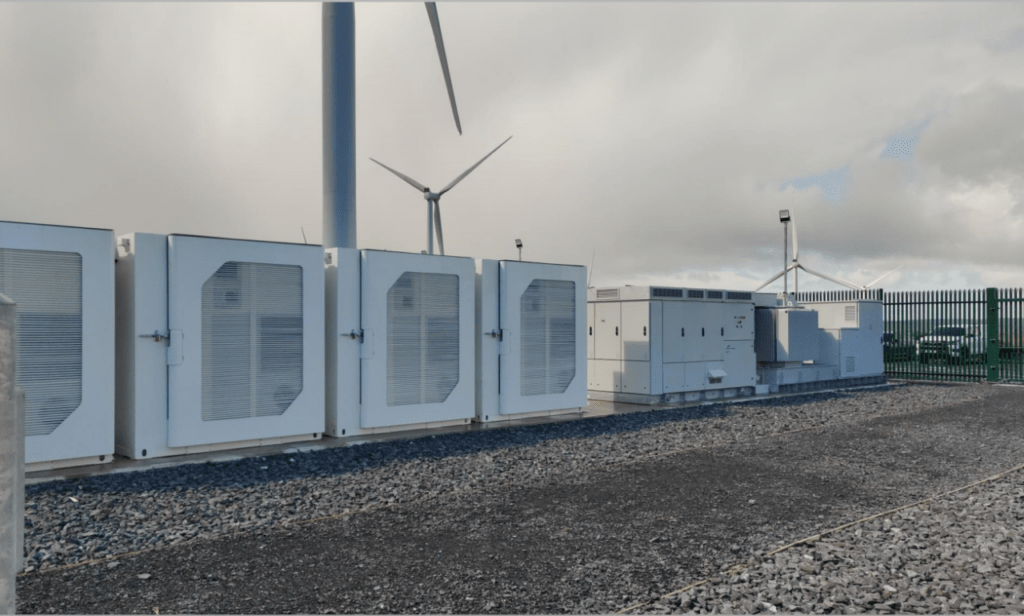
Offtake agreement
But the offtake agreement is the really complicated part, our source explained, and above all needs to be as simple and de-risked as possible for the future long-term owner.
“You’re combining the traditional utility world of five or 10 year power purchase agreements (PPAs) for the PV with AI algorithm-based fully automated trading and bidding strategies brought by small startups for the BESS and the question is how to work that out,” they said.
“From the project SPV legal entity perspective, you don’t want two independent contracts which then have to fight for the grid connection and then if something goes wrong finger pointing starts, right? From the long term owner’s perspective, this is not attractive. So you need to find a way that responsibilities and all what-ifs and potential risks are very clarified and minimised.”
“Ideally, you have one party who gives you one contract offering both; is in-house capable of giving you a long term fixed PPA price, with the according balance sheet or credit worthiness to back this, but also is able to do the fancy new AI stuff with batteries to create revenues on the flexibility side.”
This combination at least in the UK market is somewhat rare, they added, and so you typically need to find a combination of players who offer a combined contract. Energy-Storage.news has recently interviewed some of the main BESS optimisers out there like Habitat Energy and Flexitricity that take assets into market on behalf of their clients.
Our source: “There are in general two main options: you can go and pick your two preferred parties from both worlds and have them working together on the same grid connection. They then also need to have to establish agreements between each other.”
“One key risk to deal with here is what if one of the two parties falls away which obligations and interests does the other party have to engage with a replacement party as quickly as possible to ensure you don’t have a stranded asset? It might look less risky to have a single route to market provider who takes on both PV and storage, but then you are potentially not able to pick the best of both worlds.”
Most co-located storage projects pair with solar PV as wind requires much more cycling and also a much larger battery. Anesco has delivered several large co-located projects while BayWa r.e. acquired projects from Harmony Energy and JBM in April 2022 and July 2021, respectively.
Co-location with wind could come in a few years when the market moves more towards energy trading, our source added. Some 80-85% of BESS revenues are still from grid ancillary services according to Gore Street Capital, one of the leading investors in the market.


